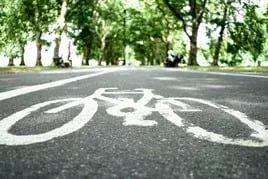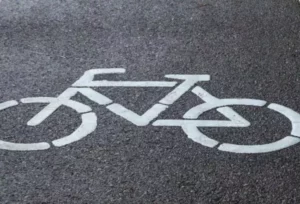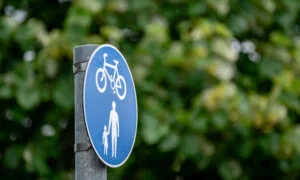The Government has launched new comprehensive guidance for local authorities on active travel.
The guidance covers everything from the main benefits and actions for local authorities including developing a local cycling and walking infrastructure plan, developing a travel demand management plan and describing tools and funding available to them.
The guidance said: “Walking and cycling are the least carbon-intensive ways to travel.
“However, walking currently accounts for only 4% of the total distance travelled by households with access to a car. Journeys under 2 miles made up around 45% of all urban trips in England, in 2019, and journeys below 5 miles made up 58% of all car trips.
“Many of these trips could be walked or cycled, which would help to reduce the 68 metric tons (Mt) carbon dioxide equivalent (CO2e) emitted from cars in 2019. This would benefit local economies, as well as improve people’s health.More active travel will also make roads quieter, safer and more attractive for people to walk and cycle – a virtuous cycle.”
The guidance states:
The primary actions for local authorities are to:
- develop Local Cycling and Walking Infrastructure Plans (LCWIPs)
- develop and implement Travel Demand Management Plans
- plan for and improve active travel infrastructure
- promote behaviour change to enable active travel
Read the guidance in full at: Active travel: local authority toolkit – GOV.UK (www.gov.uk)


























